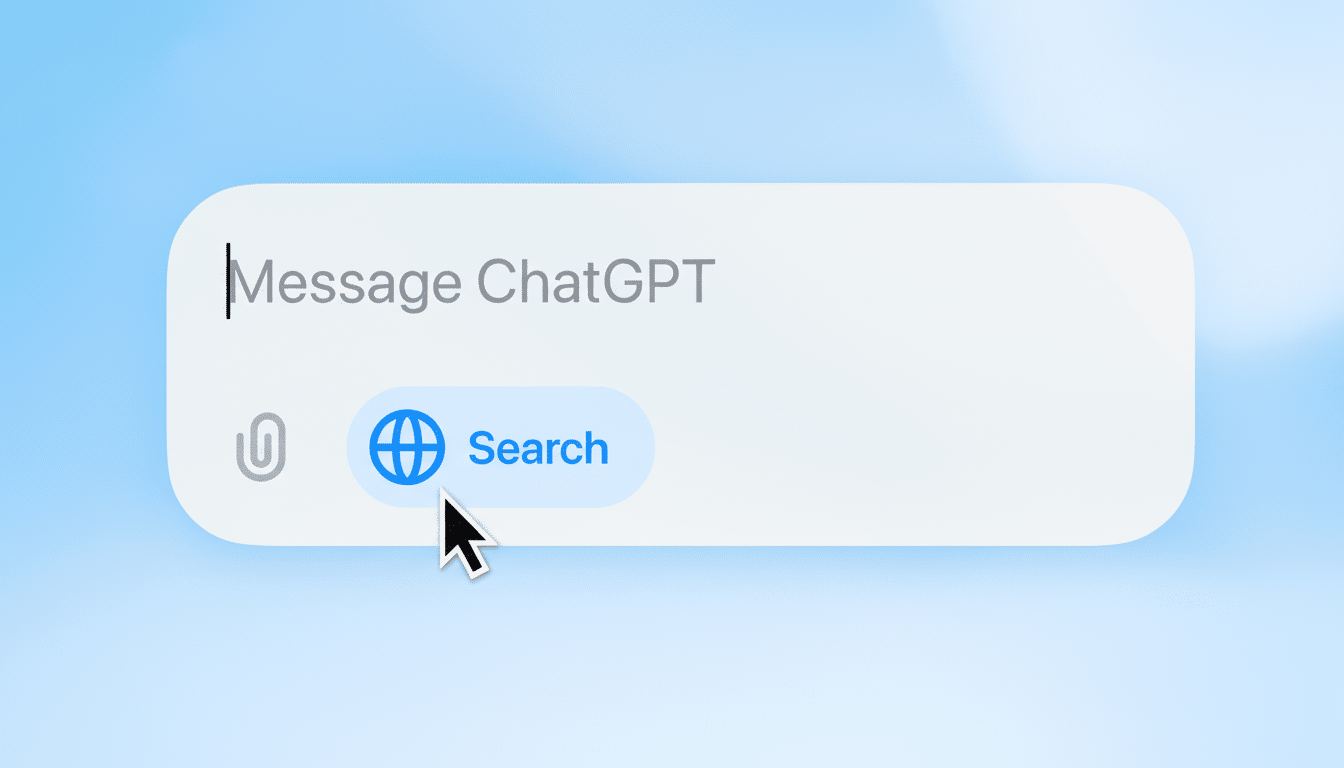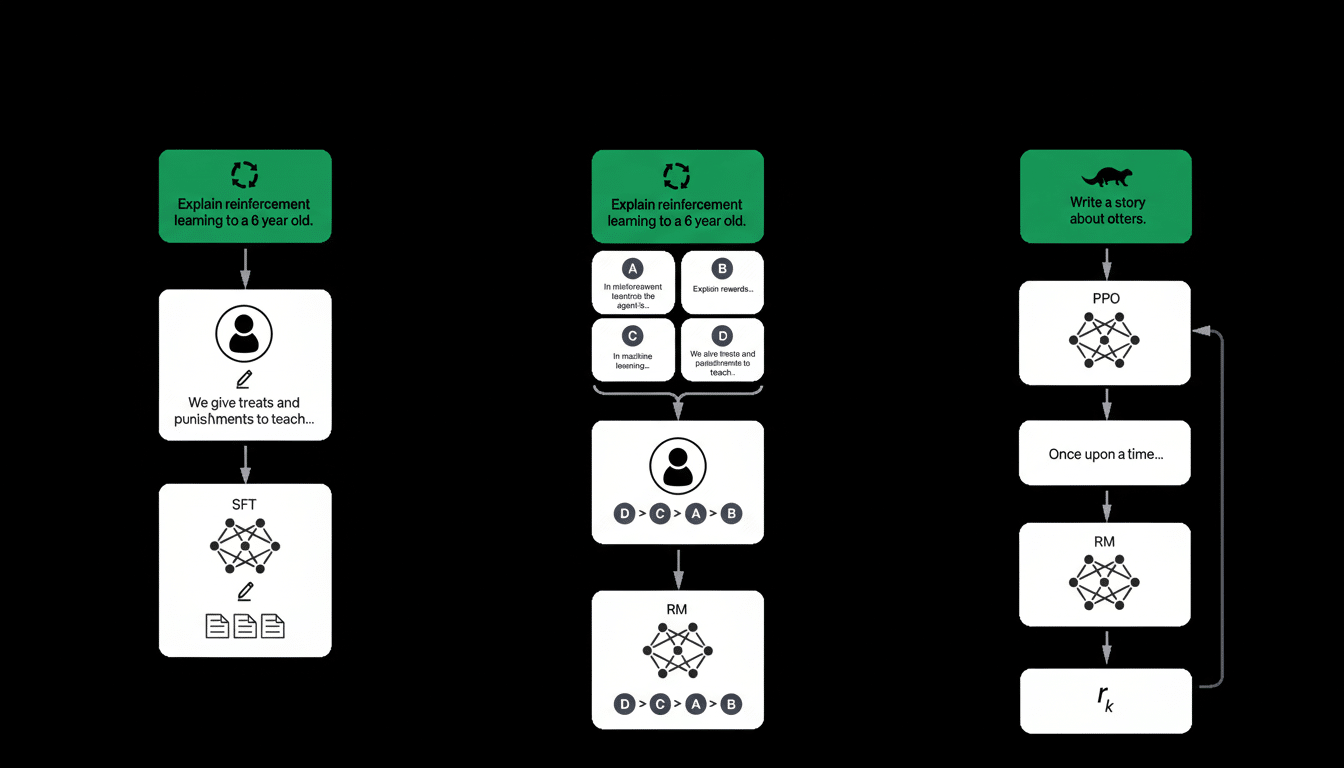ChatGPT is transforming from a chat window into an app platform. OpenAI is also introducing a new way to incorporate third‑party services directly within conversations with its initial integrations from Spotify, Canva and Booking.com, Expedia, Coursera, Zillow and Figma; food delivery and rideshare partners are on deck.
The move recasts ChatGPT as a proper assistant who not only answers queries, but takes actions in other programs at your direction. In staged demos, the assistant built a Spotify playlist by asking about the kind of music a user preferred, and crafted marketing materials with Canva without leaving the chat.
- What You Can Do in ChatGPT with Third‑Party Apps
- How It Works and How You Find Apps Inside ChatGPT
- Why This Is Important for AI Assistants and Users
- Privacy and Trust Considerations for Connected Apps
- What Developers Should Know About Building ChatGPT Apps
- How It Compares to Other Assistant and Plugin Models
- What To Watch Next as App Integrations Roll Out

What You Can Do in ChatGPT with Third‑Party Apps
Initial partners include mundane tasks like planning travel through Expedia or Booking.com or browsing homes for sale with Zillow, designing assets in Canva, or authoring designs with Figma. ChatGPT can even develop an academic curriculum through Coursera, so that a prompt like “create a machine learning lesson plan for beginners” should return a structured syllabus.
This is demonstrated well in a Spotify example, which can be used as a lens to measure what people really mean by convenience: You describe the kind of music you like and the mood you are in, and your virtual assistant puts together something — voilà! Although the reality might look more like describing all your favourite bands so that they can build one for you later.
With Canva you can detail style, tone, typography and get options already customised in a way to match those restrictions.
Crucially, ChatGPT requests permission the first time an app is used in a conversation. And once granted permission, it can tap into that app in future chats, so a multi‑step workflow feels seamless rather than bitty.
How It Works and How You Find Apps Inside ChatGPT
OpenAI is framing this as a “new generation of apps in ChatGPT — not just one‑off plugins.” An app directory is in the pipeline to help users find integrations and developers can submit apps for review and publishing. That mirrors the way things work in mobile app stores, but it suits a natural‑language kind of task.
In use, a user can call up an app by name in the chat or have ChatGPT suggest an app if the assistant senses a task — say booking something, ordering something, or creating something — that can benefit from a linked service.
Why This Is Important for AI Assistants and Users
This is a move toward agentic AI, in which a model reads intent and executes actions across tools. The capability to act — produce, buy, book or even design — changes the value from “answers” to “outcomes.” OpenAI’s Instant Checkout that allows shopping in chat complements this approach naturally.
It also raises the level of competition. The assistants of the major platforms have always been able to work with third‑party actions, but natural‑language reasoning in combination with a consistent app model might decrease the friction for discovery and execution. The upside for users is fewer context switches; for partners, it’s distribution inside a product that OpenAI has claimed serves more than 100 million weekly active users.

Privacy and Trust Considerations for Connected Apps
Apps ask for permission the first time they are used, with approvals persisting to reduce friction for future activities, OpenAI says. That consent model is critical, but users should also consider the limits of what each integration needs in order to work with media companies — playlist curation is one thing; transaction history and location are another.
Enterprise customers will require administrative controls, logging, and data‑handling assurances before they open the floodgates to this capability.
Regulators and watchdog organizations have stressed the importance of transparency around cross‑service data sharing, and that oversight will only be amplified as assistants start doing things on users’ behalf.
What Developers Should Know About Building ChatGPT Apps
OpenAI will release an open submission process for developers to create applications that ChatGPT can learn clean, task‑specific actions on. A review process and a public directory are on the roadmap, other than monetization details that would soon follow. This is another distribution channel for developers where the primary interface is conversation, not UI.
Categories that benefit from multi‑step reasoning — travel, education, productivity, commerce and design — are all well placed. The winning apps will determine bite‑sized actions, account for edge cases elegantly and spit out structured results that the assistant can string into longer flows.
How It Compares to Other Assistant and Plugin Models
There are echoes of previous ecosystems: voice assistant “skills,” workplace bots and plug‑in standards within other AI products. The distinction is tight integration with a broadly‑applicable model that can plan, call the right tool in the right step, and boil down success/failure results to the user in plain language.
What To Watch Next as App Integrations Roll Out
DoorDash and Uber integrations will be the test case for real‑world reliability — menu swapping and delivery timing, changing your mind on your pickup time, are messy edge cases. Anticipate additional creative and commerce partners, as well as governance features for organizations in need of granular policy controls.
If OpenAI provides a solid directory, trustworthy permissions and a blueprint for developers on how to monetize the work they put into these robust models, ChatGPT could be the start of something new in app stores — where conversations choreograph the work and apps slink quietly between us carrying it out.

